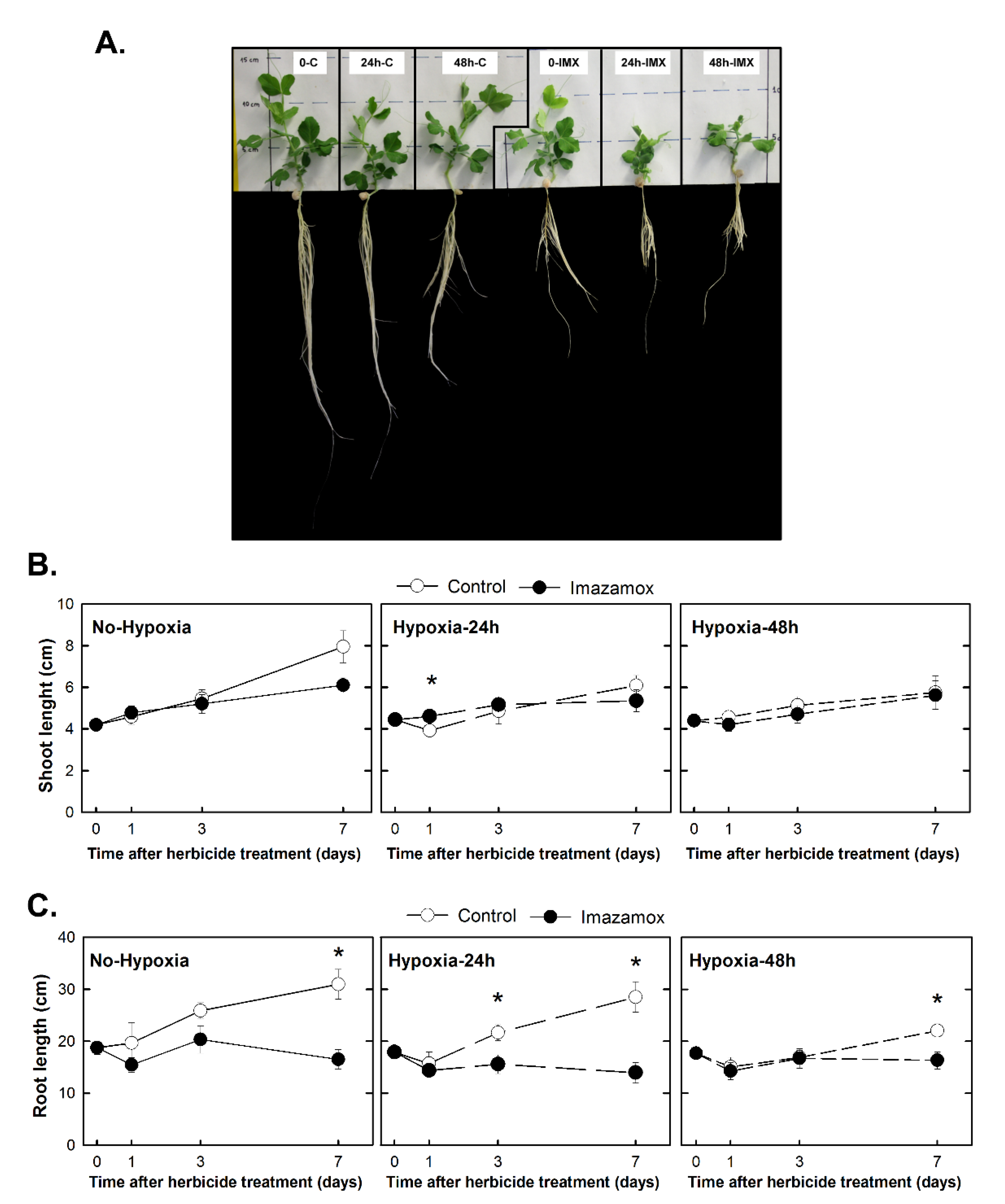

Comfrey extracts, ointments or compress pastes are applied externally, while the crude plant parts (leaf, herb or root) have been traditionally used for musculoskeletal disorders, wounds, gout, hematomas and thrombophlebitis.
#Symphytum homeopathy dosage skin
tuberosum for osteoarticular disturbances in Navarra the tea for hepatic disturbances, and as an internal therapy for rheumatism in Mexico gastritis and ulcers in Brazil and skin problems in USA and roots (tea, alcoholic extract or ointment) for osteoarticular pain in Lithuania or as tonic in Jamaica. Worldwide, ethnographic studies have reported the external use of both S. Ĭomfrey has been recommended for external and internal use as a botanical preparation for more than 2000 years. Symphytum peregrinum) have also been used. Other species, like Symphytum asperum (prickly comfrey) and S. officinale often called herb comfrey, is the most commonly used species. Symphytum species, also known as comfrey, belong to the Boraginaceae family and include around 35 species, including Symphytum officinale L., Symphytum tuberosum L., Symphytum x uplandicum Nyman, Symphytum asperum Lepech and Symphytum caucasicum Bieb. Further studies are needed to assess the antimicrobial spectrum of Symphytum species and to characterize the active molecules both in vitro and in vivo.

Although clinical trials sustain the folk topical application of Symphytum species in musculoskeletal and blunt injuries, with minor adverse effects, its antimicrobial potency was still poorly investigated. In fact, there is increasing consumption of over-the-counter drugs, which when associated with conventional drugs can cause serious and even fatal adverse events. Not less important to highlight are the risks associated with its use.

The pharmacological effects of the Symphytum species are attributed to several chemical compounds, among them allantoin, phenolic compounds, glycopeptides, polysaccharides and some toxic pyrrolizidine alkaloids. All articles were carefully analyzed by the authors to assess their strengths and weaknesses, and to select the most useful ones for the purpose of review, prioritizing articles published from 1956 to 2018. The present review was carried out by consulting PubMed (Medline), Web of Science, Embase, Scopus, Cochrane Database, Science Direct and Google Scholar (as a search engine) databases to retrieve the most updated articles on this topic. The present review aims at summarizing the main data on the therapeutic indications of the Symphytum species based on the current evidence, also emphasizing data on both the efficacy and adverse effects. Considering the innumerable potentialities of the Symphytum species and their widespread use in the world, it is extremely important to provide data compiling the available literature to identify the areas of intense research and the main gaps in order to design future studies.

Symphytum species belongs to the Boraginaceae family and have been used for centuries for bone breakages, sprains and rheumatism, liver problems, gastritis, ulcers, skin problems, joint pain and contusions, wounds, gout, hematomas and thrombophlebitis.


 0 kommentar(er)
0 kommentar(er)
